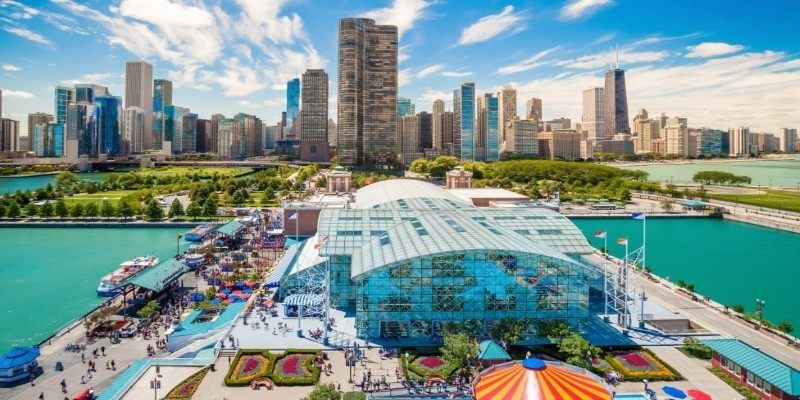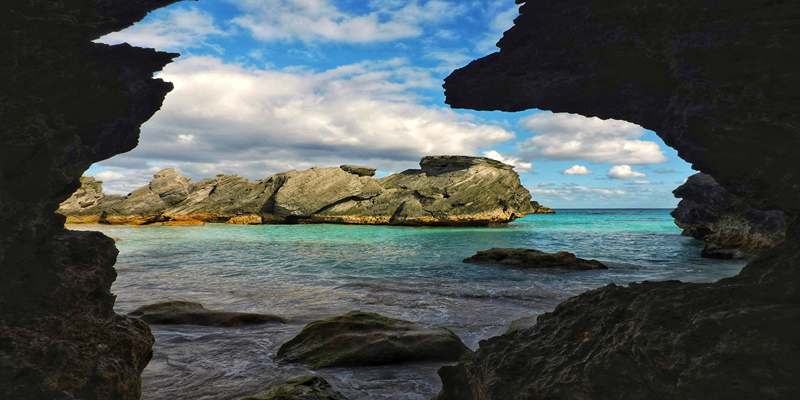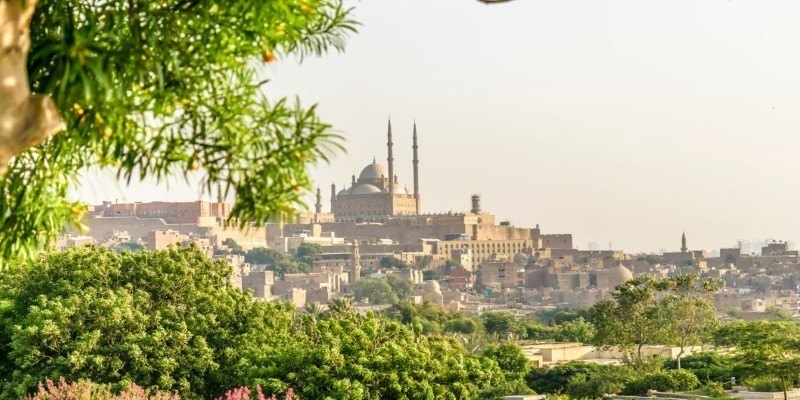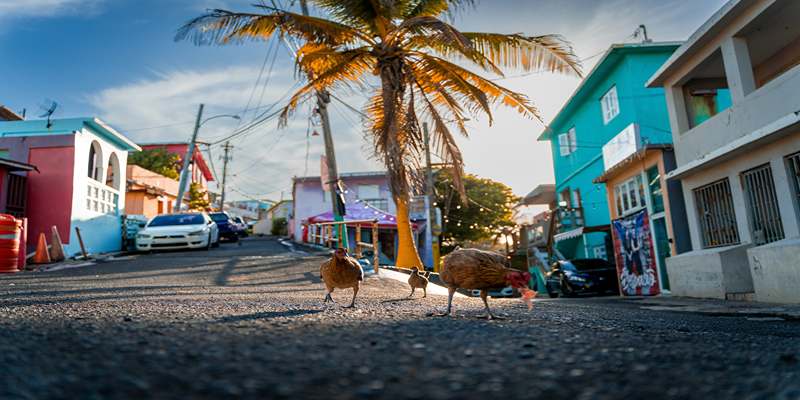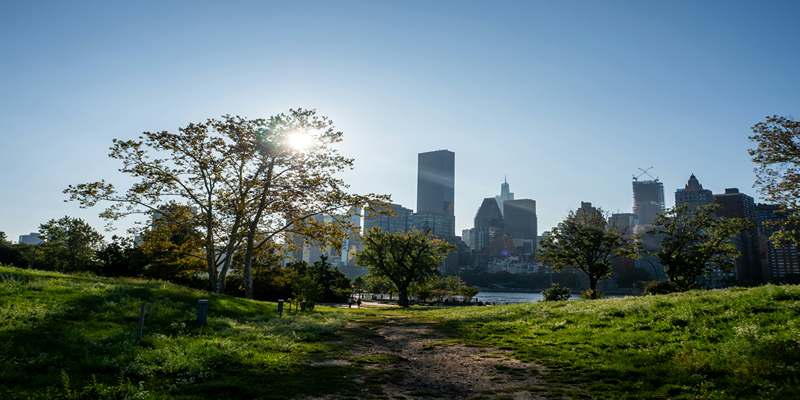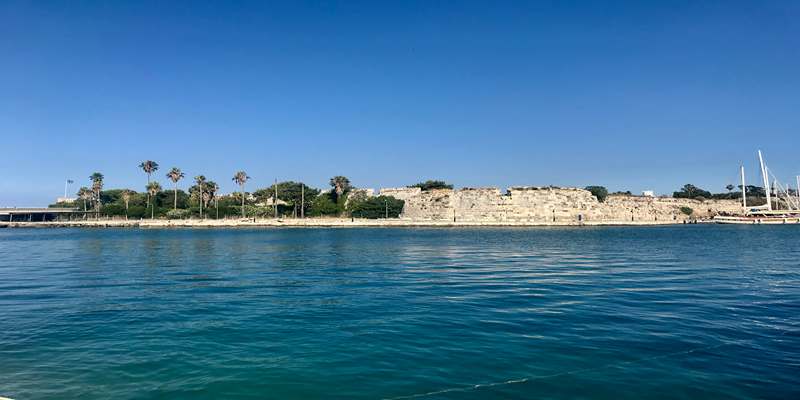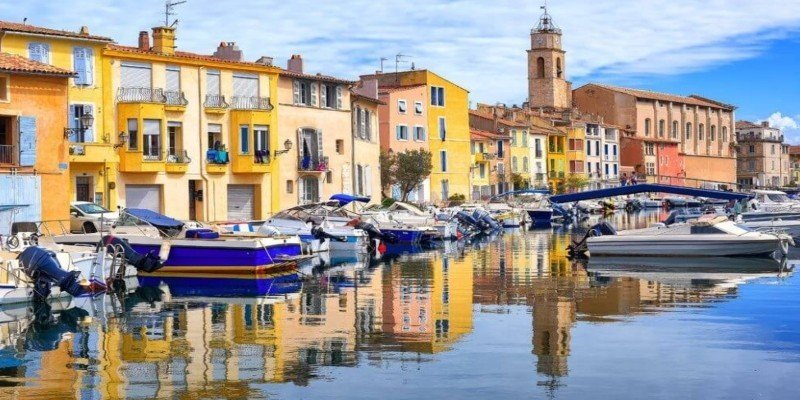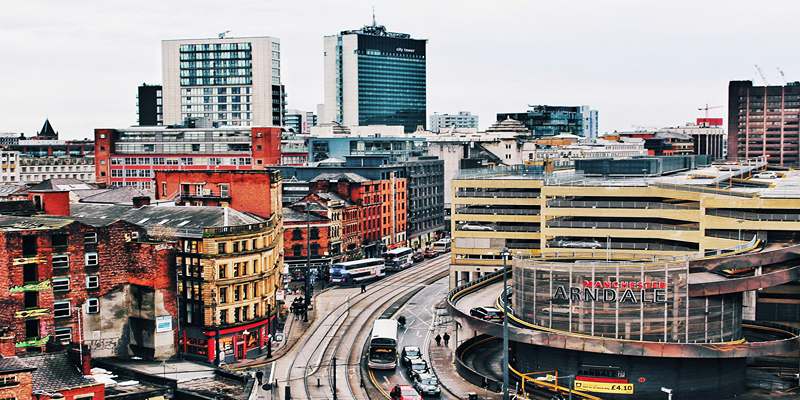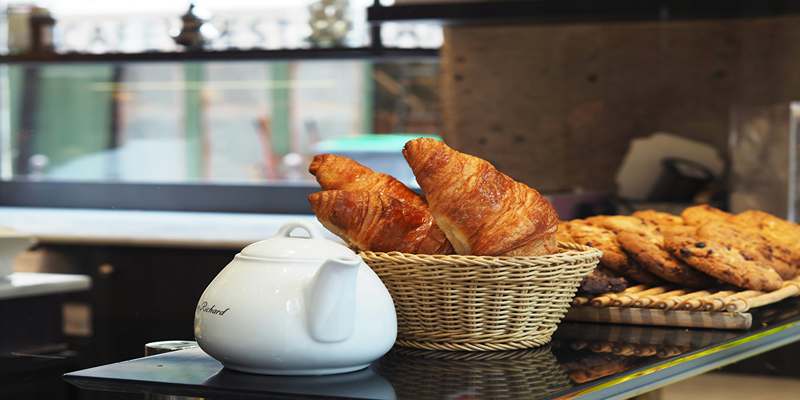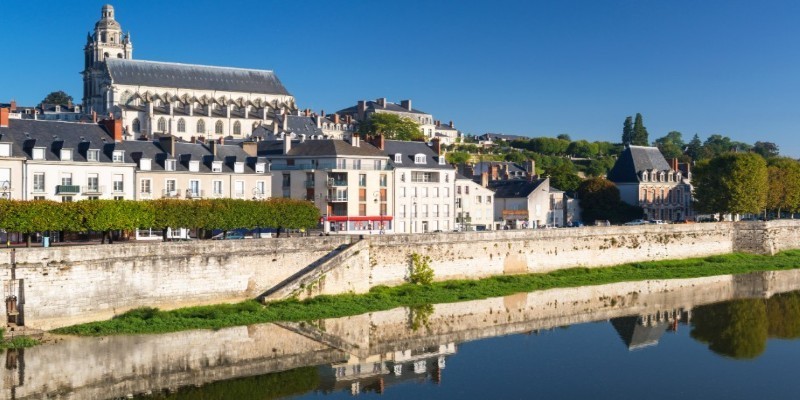Florence wears its history out in the open. From churches and frescoed chapels to marble piazzas, it’s easy to get swept away just by walking around. But to get closer to what made Florence the engine of the Renaissance, its museums tell the deeper story. These are not just places to look at art but time capsules that track the city's obsession with beauty, design, science, and civic pride. If you're short on time or just looking for direction, here are 9 of the best museums in Florence where that story comes alive, one masterpiece at a time.
9 Best Museums in Florence for Art and Culture Lovers
The Uffizi Gallery: Florence’s Art Crown
The Uffizi is not just Florence’s most famous museum—it’s one of the most visited in the world. Housed in a 16th-century building designed by Giorgio Vasari, the collection was originally assembled by the powerful Medici family. Here, you can trace the birth and flowering of Renaissance art. Botticelli’s The Birth of Venus and Primavera steal the spotlight, but every room brings a shift in time, style, and mood. From Cimabue to Caravaggio, the Uffizi is a crash course in the visual language of Europe.
Galleria dell’Accademia: More Than Just David
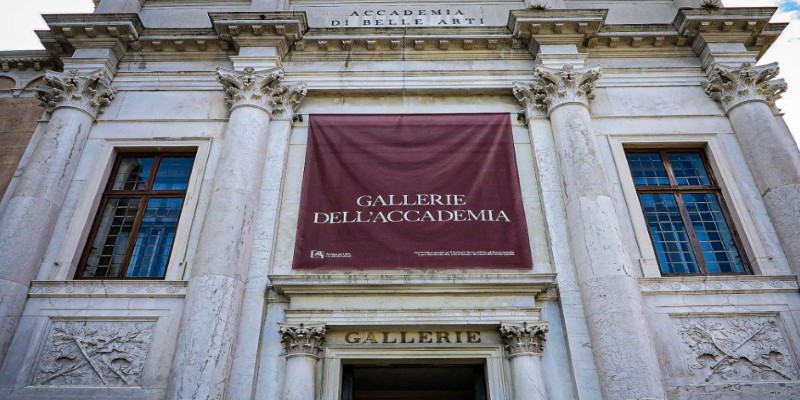
Everyone comes for Michelangelo’s David, and rightly so—it’s a force of nature, both delicate and defiant. But the Galleria dell’Accademia offers more than this iconic sculpture. There are unfinished Michelangelo works, such as The Prisoners, half-formed figures that seem to be wrestling out of the stone. Upstairs, there's a collection of Florentine Gothic paintings and a museum of musical instruments from the time of Stradivari. While smaller than the Uffizi, it delivers an intimate view of Florence's artistic roots.
Palazzo Pitti and the Palatine Gallery
Across the Arno River sits the massive Palazzo Pitti, once home to dukes and royalty. Inside, the Palatine Gallery spreads out over lavish rooms dripping with frescoes and gold leaf. The art leans heavily on Raphael, Titian, and Rubens, but the setting adds another layer. The rooms feel less like a formal museum and more like walking through someone's grand, unapologetically extravagant home. The surrounding Boboli Gardens offer a break afterward, with sculptures and fountains tucked among cypress trees and gravel paths.
Museo Galileo: Florence’s Scientific Side
While Florence is best known for art, it was also a hub for science and innovation. The Museo Galileo shows how the city played a major role in the Scientific Revolution. This museum is less about old papers and more about strange, elegant instruments: telescopes, globes, early clocks, and anatomical models. Galileo's tools are on display, including two of his original telescopes. It's a fascinating counterpoint to the city's focus on religious and mythological art, showing a Florence that was also curious, experimental, and empirical.
Bargello Museum: A Fortress of Sculpture
The Bargello doesn’t get as much attention as the Uffizi or Accademia, but it holds some of Florence’s finest sculptures. Housed in a medieval palace that once served as a prison, its stone courtyard leads to rooms filled with works by Donatello, Michelangelo, and Verrocchio. Donatello’s bronze David is here, a moody, sensual figure very different from Michelangelo's version. The setting fits the art—severe on the outside but full of personality inside. It's one of the best museums in Florence for those who want to get beyond paintings.
Museo di San Marco: The Art of Silence
Tucked away from the main crowds, Museo di San Marco was once a Dominican convent. Today, it’s best known for its frescoes by Fra Angelico, painted directly onto the walls of the monks’ cells. These quiet, luminous works weren’t made for public display—they were meant to inspire reflection and prayer. Walking through the long, hushed corridors gives you a sense of how religious devotion and artistic expression were tightly woven together in Renaissance Florence. It’s one of the most contemplative museums in the city.
Museo dell’Opera del Duomo: Building the Cathedral
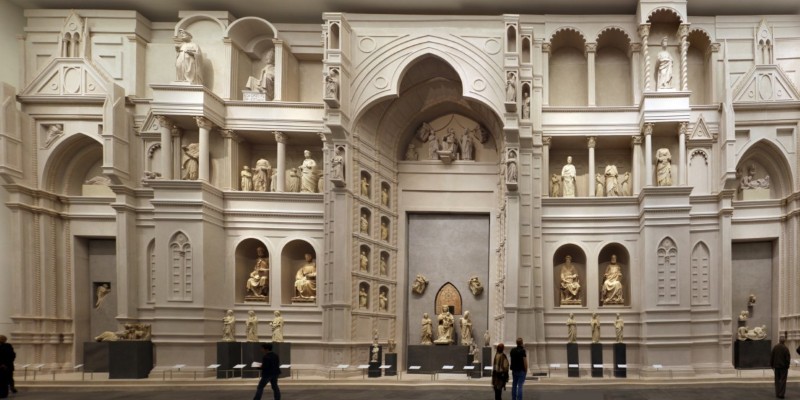
Right behind Florence’s cathedral is the Museo dell’Opera del Duomo, which preserves original works from the Duomo and Baptistery. This includes Ghiberti’s original Gates of Paradise doors, which once graced the Baptistery, and models used by Brunelleschi when designing the dome. The museum’s layout builds a story around the making of the cathedral—how it was conceived, argued over, built, and decorated. It’s a focused museum but packed with context and craft. It also offers one of the clearest views of how art, religion, and engineering merged in Florence.
Stibbert Museum: A Global Collection
On the outskirts of the city, the Stibbert Museum is less known but highly unusual. Built by Frederick Stibbert, a 19th-century collector with a taste for the dramatic, the museum feels like walking into a stage set. Suits of armor from Europe, the Middle East, and Japan fill the rooms with displays of weapons, textiles, and paintings. While most Florence museums stick close to Italian history, the Stibbert pulls from across centuries and continents. It's a quirky place but incredibly detailed and great for anyone curious about military history or costume.
Museo Novecento: Florence Gets Modern
Florence isn't just about the past. Museo Novecento, near Piazza Santa Maria Novella, focuses on 20th-century Italian art. The city's relationship with modernism is complicated—deep roots in tradition often slowed the embrace of the new. But this museum brings together painting, sculpture, video, and installation to show how Florentine and Italian artists responded to the changes of the last century. From Futurism to Arte Povera, it rounds out the historical journey, bringing things closer to the present.
Conclusion
Florence is more than just a walkable art gallery. Its museums go beyond paintings and sculptures—they’re spaces that open a window into how the city shaped and was shaped by culture, science, politics, and faith. From the timeless icons in the Uffizi to the quiet cells of San Marco and from medieval weapons to modern video installations, the experience is layered and varied. Exploring 9 of the best museums in Florence means understanding the city from multiple angles, each one with its mood and message. Take your time—Florence rewards those who linger.

